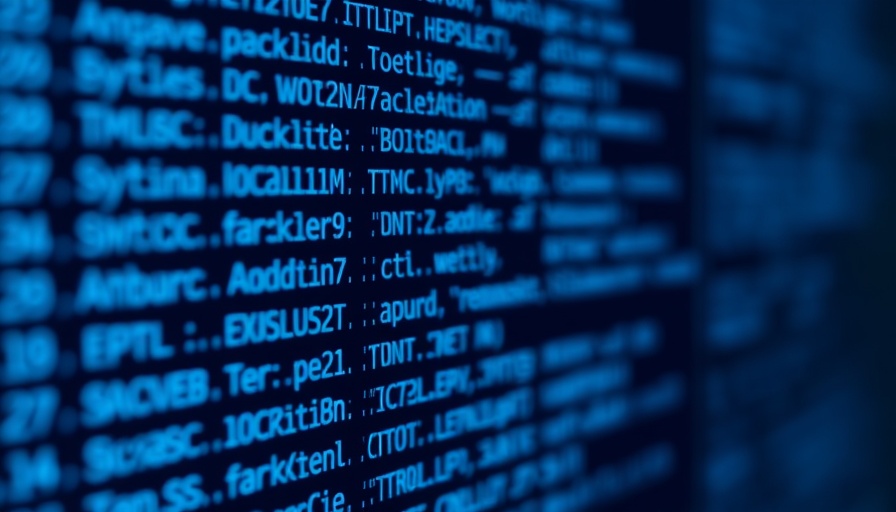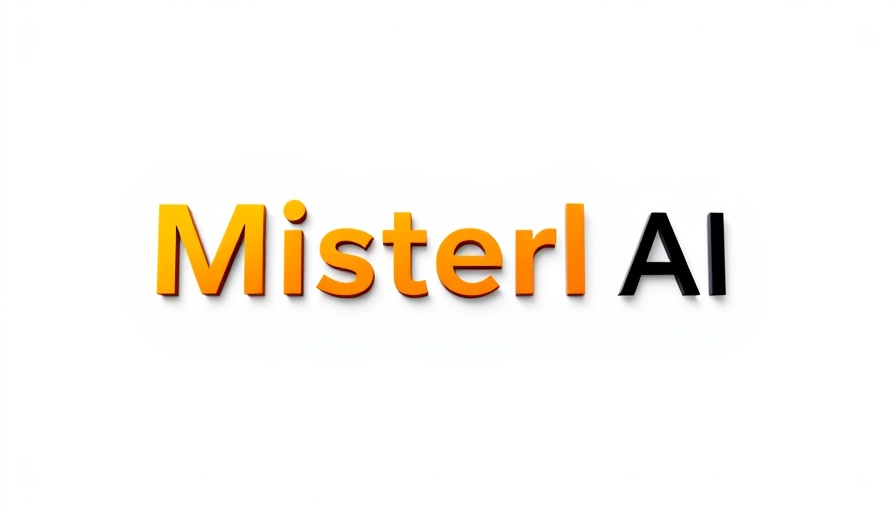
Rethinking AI Coding Competitions: The K Prize Challenge
In the world of artificial intelligence, coding challenges have become a pivotal method for evaluating and improving AI capabilities. Recently, the Laude Institute unveiled the results of its K Prize, a coding challenge designed to push AI models to their limits. The surprising revelation? The first winner, Brazilian prompt engineer Eduardo Rocha de Andrade, scored a mere 7.5% on the test, igniting discussions about the efficacy of AI in tackling real-world coding scenarios.
Why a Low Score Matters in AI
Andy Konwinski, the co-founder of Databricks and initiator of the K Prize, emphasized that a difficult benchmark is crucial for driving meaningful improvements. His comment, “Scores would be different if the big labs had entered with their biggest models,” speaks to the heart of the challenge: this competition deliberately favors smaller and more open-source models, seeking to democratize AI development. This aspect not only levels the playing field but also raises fundamental questions about the standards we expect from AI.
The Significance of Real-World Programming Problems
What makes the K Prize unique is its foundation in real-world coding issues sourced directly from GitHub, as opposed to relying on fixed sets of problems, which are common in other AI challenges like SWE-Bench. The introduction of a “contamination-free” testing method ensures that models cannot simply learn to excel based on previously seen problems. This rigorous approach may explain the drastic difference in scoring, as evidenced by SWE-Bench’s top score being at a much higher 75% in its easier tests.
Future Predictions: What Lies Ahead for AI Coding Competitions?
As the K Prize continues to evolve, it promises to create a more comprehensive understanding of AI's capabilities. Konwinski anticipated that as more teams participate in future rounds, patterns of performance will emerge. The stakes could not be more significant, especially with Konwinski pledging $1 million to the first open-source model that achieves over 90%. This incentive could spur innovative breakthroughs, attracting a variety of talented engineers and researchers to serve a growing demand for reliable AI coding solutions.
Insights and Conclusions: What Should We Take Away?
This inaugural K Prize score is a call to recognize the challenges AI still faces in understanding and addressing complex real-world problems. It compels developers and researchers to rethink strategies, adapt, and innovate. AI is evolving, but it is essential to maintain realistic expectations regarding its capabilities, especially in coding tasks that require nuanced understanding and creativity.
Call to Action: Engage with AI’s Evolution
As we observe the progression of AI coding challenges, getting involved in these discussions is vital. Follow updates from the K Prize, consider the implications of AI development on your community, and stay curious about how these advancements can reshape technology. Participate in forums, share your ideas with budding engineers, and keep the dialogue alive to foster a collaborative atmosphere for future AI initiatives.
 Add Row
Add Row  Add
Add 




Write A Comment